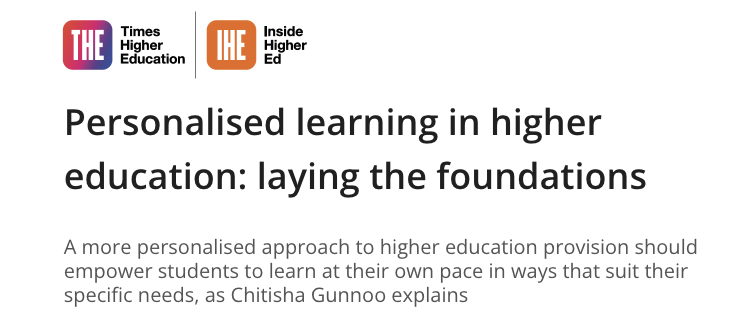Personalized & Adaptive Learning
Interested in fitting the needs of each student? Come to the Badavas Center to discuss personalized and adaptive learning approaches in your classroom. In addition, our dedicated resource page offers a curated selection of innovative tools and methodologies designed to empower educators in tailoring the learning experience to individual preferences, abilities, and pace. Personalized learning encompasses the customization of content, pace, and learning path to suit each student's needs, interests, and learning style, fostering deeper engagement and understanding. Meanwhile, adaptive learning utilizes technology and data-driven insights to dynamically adjust instructional content and delivery based on real-time student performance, ensuring optimal challenge and support for every learner. Together, these approaches revolutionize higher education by placing students at the center of their learning journey, promoting autonomy, mastery, and ultimately, academic success.

The article explores the potential and challenges of personalized learning in higher education, focusing on the importance of laying the foundations for effective implementation. It discusses how personalized learning can cater to individual student needs, enhance engagement, and improve learning outcomes. However, it also highlights the complexities involved, such as the need for faculty support, appropriate technology, and data privacy concerns. The piece emphasizes the significance of collaboration between educators, administrators, and technologists to create tailored learning experiences that maximize student success while addressing potential barriers.


